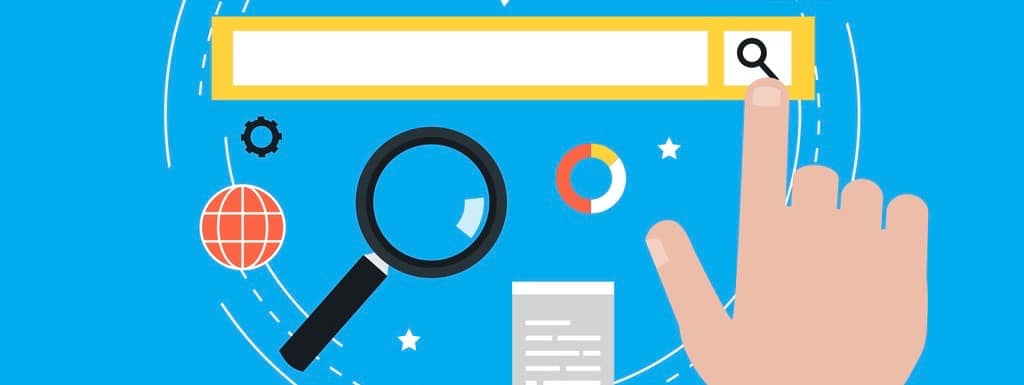Generally speaking, there are two types of marketing commonly executed in a business marketing strategy. This is entirely dependent on the market the business serves—and sometimes these markets overlap, prompting a need for slightly modified marketing approaches.
Business to business marketing deals with the promotion of goods and services that are useful to a business. Software, consulting services, and travel, for example, are commonly found using B2B marketing to reach new clients.
Meanwhile, business to consumer marketing deals with marketing goods and services to consumers. Consumer goods such as electronics or clothing or services such as personal tax consulting or the local coffee shop down the street are examples of businesses that would employ a B2C strategy.
But what happens when worlds collide?
Let’s use an example of a company that offers long term furniture rentals. This is an example of a business that would find value in marketing to both businesses and individual consumers.
But employing the same marketing strategy for both targets will likely not succeed. Why? Because the markets are inherently different. This means that the language that resonates with each, the value that each sees in a good or service, and the needs of both markets are very different from each other.
So how can a business successfully market its target demographics? Let’s break down the essential differences between B2B and B2C marketing.
Emotion doesn’t factor in as much with B2B marketing
Emotion is almost always a way to win over the interest and engagement of a consumer. This is why we see an uptick in cause-related marketing and emotive campaigns that appeal to the feelings of the consumer. However, this does not always work with business customers.
Businesses want value, and they want results. For the furniture rental company, launching a consumer campaign that touts the “home away from home” feel may not be as effective for business accounts to take notice of, but will surely catch the eye of a few individual consumers.
Rather, marketing the rentals to businesses as an efficient, affordable way to support traveling or contract employees will be a more successful approach. These businesses want to solve a need by contracting with another business. Emotions, in this case, come in second.
Play up the answers, not the problems
Business owners are short on time and, often, patience. They aren’t necessarily always interested in hearing a full sales pitch. They want to know how a business is going to solve the problems they have. They want results.
Meanwhile, a consumer may want to know a bit more about the product or service. What features does it offer? How easy is it to use?
For our furniture rental example, playing up features such as delivery and set-up as well as low fees may pique the interest of the consumer who isn’t entirely sure if they need this service or not.
On the other hand, a business that needs furniture rentals for its employees who travel for months at a time, the key factor here will be the solution offered by the rental company. Why should the business rent furniture from this specific business?
In this case, the rental business could highlight convenience, rapid or short-notice response, and pricing to attract the attention of another business.
B2B and B2C marketing are quite different from one another, but with just a few adjustments in both approach and technique, businesses can successfully market their goods or services to both targets, if needed.




